 This blogpost is actually in response to a Facebook page comment on another question, but it occurred to me that people might like some tips on identifying the age of their clarinet, or one that they're planning to buy! If it is Albert or another fingering system, chances are its already an oldie, and most people aren't running into those, so I'll restrict myself to Boehm system - the most common system - for this post. The easiest way to date a horn is by serial number: all the major (and some minor) makers have serial number lists available on Google. If you have a Buffet, Selmer, or Leblanc its a piece of cake...or is it? Buffet serial numbers before the 1930's are a confusing hodgepodge of letters and numbers: does J134 come before 134J or after? Selmer numbers start, dependably, around 1929...before that, good luck! Leblanc lost decades of records in a factory fire, so anything before 1964 is guesswork based on model and ... KEY WORK. Key work is your friend when it comes to identifying an older Boehm system clarinet. Its often a combination of more than one thing, but this will get you started : 1) Material - Before the 1960's, most instruments had keys made of solid nickel alloy, silver soldered together by hand for strength. This gets pretty oxidized with age, but will shine up like a new penny over and over again with buffing. Later work can be cheaper metal keys with nickel plating, or even cast pot metal - of which horror I shall not speak! I shouldn't have to tell you which of these sets of solid nickel keys is the Before photo... There are a few exceptions, (like Conn, which was doing good plating before WWII), but generally, if you see grey-green oxidized nickel alloy like the above, you're looking at the 1950's or earlier. 2) The A/Ab crossover - the earlier the clarinet, the more likely that there is no adjustment screw. Earlier horns just have the arm with no screw: I think early makers wanted to keep musicians from messing with the adjustments, but that's a private theory - please don't repeat it! :-P 3) LH pinky keys mounted on one post instead of 2 - You rarely see this after about 1930. I don't know the reason for the change, although the early design can be harder to swedge if it gets loose from wear. 4) Leaf springs under keys - most makers use needle springs mounted in a post on all keys now, but earlier horns often had flat leaf springs (mounted on the key) on upper stack C# and lower stack F#. This also starts to disappear in the late 20's/early 30's and, again, I'm not sure why. If you have an Albert or Simple system instrument, you'll see leaf springs on many keys, or sometimes all - that's an oldie! There are other tricks, (like wood and case design), but those are the easiest for the layperson. Hope they help!
0 Comments
Your comment will be posted after it is approved.
Leave a Reply. |
Archives
February 2024
AuthorThe Licorice Shtick Blog is the creation of the Vintage Clarinet Doctor, a Winston Salem, NC based woodwind instrument repair shop specializing in vintage and antique clarinets, saxophones, and the occasional flute. Categories |

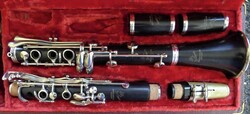
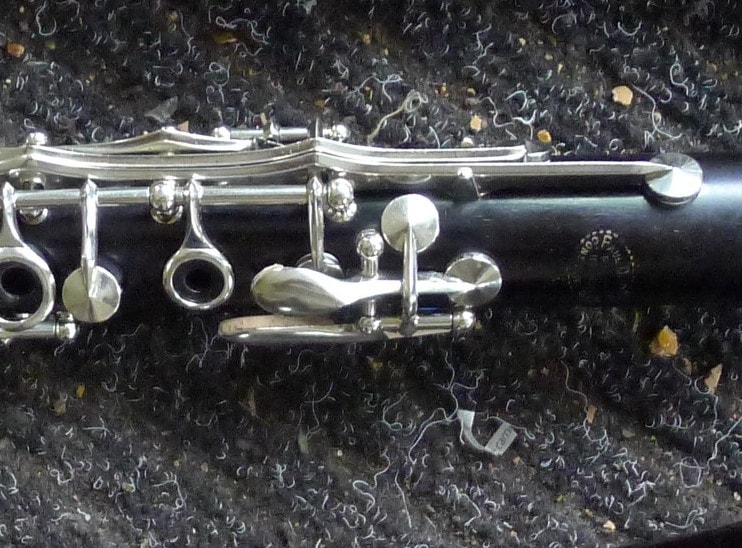
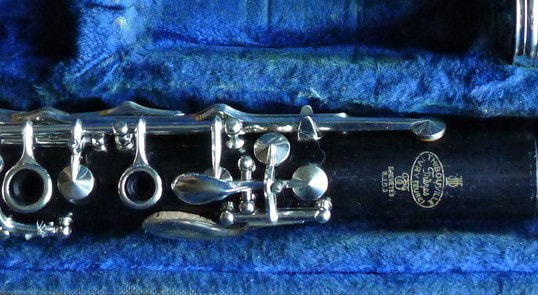

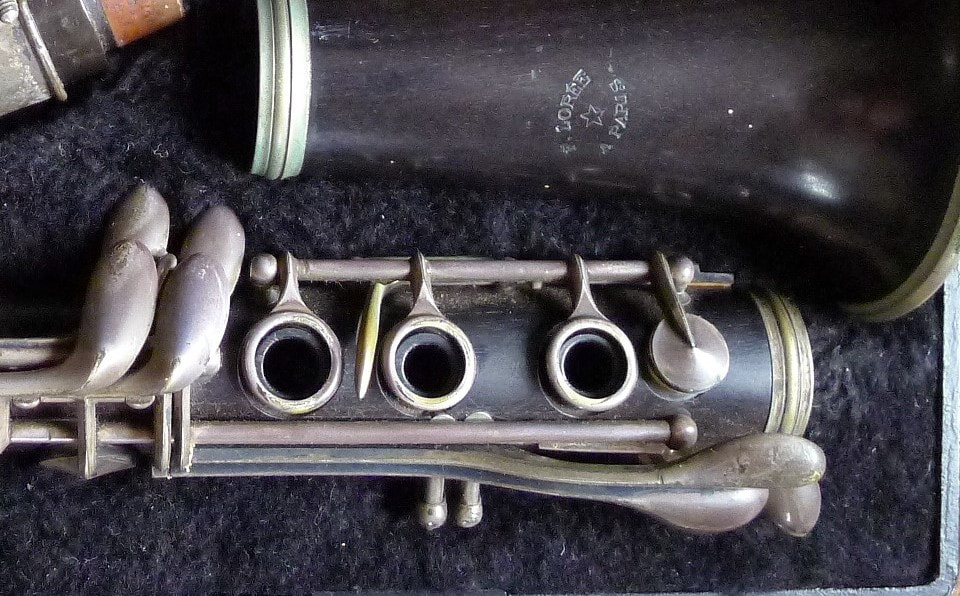

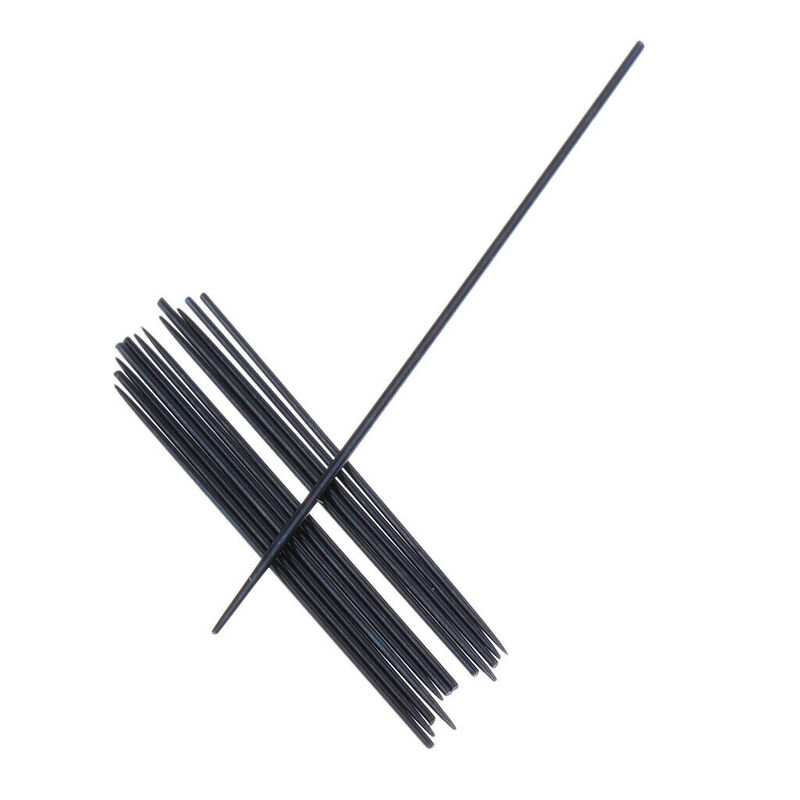
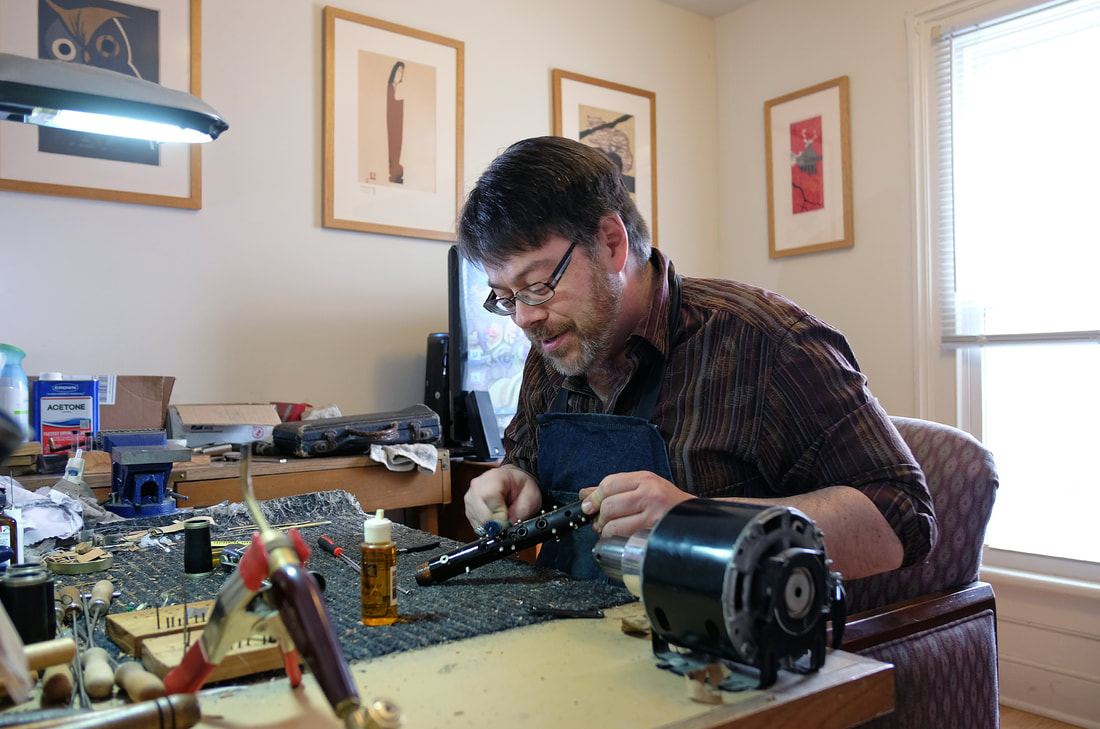
 RSS Feed
RSS Feed